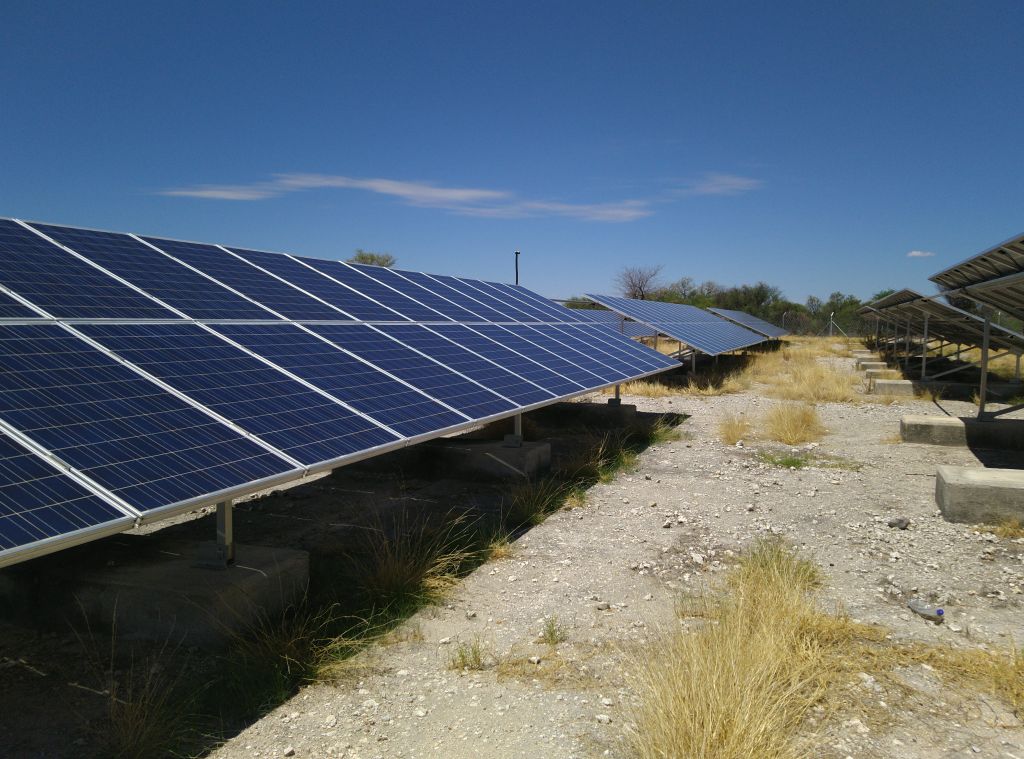Iurii Demidov, LUT University
Fusion Grid project focuses on the provision of electricity, connectivity, and digital services to the rural areas of developing countries. Namibia is a target site for the installation which has one of the higher potentials for PV power installation in the world. Therefore, the system is designed as a PV-based off-grid. The power system is scaled to provide consumers with initial electricity usage with an uninterrupted 24/7 power supply. In addition to the users’ load power system should supply control, and measuring devices, and 4G LTE base transceiver station (BTS), which is the connectivity source. All of these devices have the main priority as it is required for connectivity, digital services, and remote monitoring and support.

The system is designed to be modular and easily scalable. Figure 1 illustrates the structure of a system module. The module is a self-sufficient off-grid power unit, which can be operated as an independent system or be interconnected with the other systems. It consists of 12 panels PV array that gives 3.66kW power production and used as sun time power supply; battery storage which includes 2 li-ion batteries with 8kWh energy in total and used and night time power supply, multifunctional device that includes a battery charger, MPPT, and inverter; BTS, and control and monitoring devices. The module installs at the high consumption user, which can be a big household or small business, and is sized to supply 5 consumers. In case when the consumers’ load increases and depending on the time of major consumption, PV array or battery storage can be also increased by adding a parallel string of panels or battery.
The control system introduced to the off-grid system manages energy balance and keeps an uninterrupted power supply. Estimation of batteries lifetime, a functionality allows to predict the time of its condition, replacement, by evaluating energy storage degradation.
Digital services are another great advantage of the Fusion Grid concept. It allows consumers to track and manage their energy consumption and system state, in addition, provision of connectivity ensures remote support and monitoring.
The designed technical concept brings a lot of benefits. The combination of electricity, connectivity, and digital services provides consumers with the possibility to use the Internet and contributes to society digitization. Scalability of the system allows to size the system according to the consumers’ need and modular structure gives the opportunity to gradually establish a power distribution system, moving from single off-grid to complex electricity distribution generation power system.
